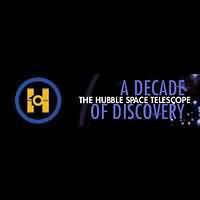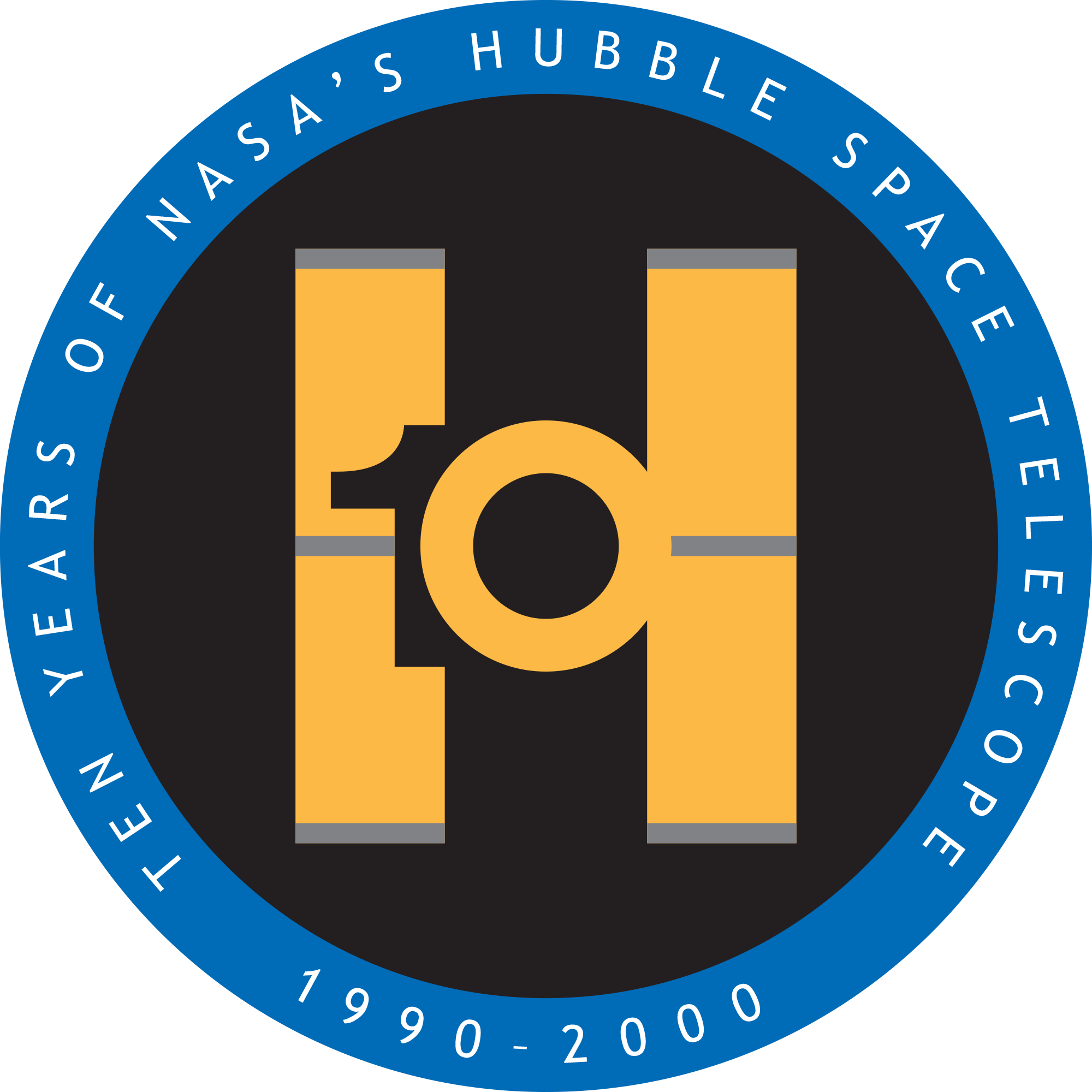A spectacular morning launch of the Space Shuttle Discovery ten years ago, on April 24, 1990, ushered in a new golden age of astronomy. The payload in Discovery's cargo bay, NASA's Hubble Space Telescope, was released by the crew into Earth orbit the next day and the Universe hasn't looked the same since.
"This month marks the anniversary of one of the greatest observatories ever flown. We have watched in awe as the Hubble Space Telescope has produced some of the most amazing images about the Universe that surrounds us," said Sen. Barbara A. Mikulski (D-MD). "I am so proud of the NASA team that has worked to keep it running and I'm pleased my support has kept your efforts funded and in business."
Even though initially impaired by a flaw in its main mirror (it was expertly made but to the wrong "prescription," causing its images to be blurred), Hubble's position above the distortion of Earth's atmosphere enabled it to begin making major discoveries even before astronauts repaired it in 1993. When corrective optics were installed during that dramatic first servicing mission, the Universe suddenly snapped into sharp focus, and there followed a flood of spectacular images and discoveries which have forever changed how we view the cosmos.
"Hubble's rate of discovery is simply unprecedented for any single observatory," said Dr. Ed Weiler, Associate Administrator for Space Science, NASA Headquarters, Washington, DC, who has been associated with the Hubble program since 1978. "But what may be even more important in the long term is what Hubble has given to just about everyone on Earth.
Hubble's spectacular images and discoveries of black holes, colliding galaxies and bizarre objects at the edge of the Universe have been brought into millions of homes by newspapers, television and the Internet."
In its first ten years, the 12.5-ton Earth-orbiting Hubble has studied 13,670 objects, has made 271,000 individual observations, and has returned 3.5 terabytes of data, which have been archived as a scientific treasure trove for future generations of astronomers. Its rapid-fire scientific achievements have resulted in over 2,651 scientific papers.
"Not since Galileo aimed a small 30-power telescope into the night sky in 1609 has humanity's vision of the Universe been so revolutionized in such a short time span by a single instrument," said Dr. David Leckrone, Hubble Project Scientist at NASA's Goddard Space Flight Center, Greenbelt, MD. "The Hubble Space Telescope has seen further and more clearly than any visible-light telescope before it, and has revolutionized the science of astronomy. It already has earned a place as one of the wonders of the modern world."
Hubble's photographic hall of fame includes the deepest view ever of the Universe in visible light; a peek into the environs of supermassive galactic black holes; the majestic birth of stars in monstrous stellar clouds; planetary systems forming around other stars; extraordinary arcs, shells, and ribbons of glowing gas sculpted by the deaths of ordinary stars; mega-megaton blasts produced by the impact of a comet into the cloud tops of Jupiter; the surface of mysterious Pluto; and galaxies at the edge of space and time.
Hubble was conceived to tackle scientific goals that could be accomplished only by an observatory in space. Its mission is to spend 20 years probing the farthest and faintest reaches of the cosmos. Crucial to fulfilling this objective is a series of on-orbit servicing missions by Space Shuttle astronauts. The First Servicing Mission took place in December 1993 and Second Servicing Mission was flown in February 1997. Last December, Servicing Mission 3A was performed. These missions extended Hubble's scientific power with new instruments; modernized its systems with new technology; and performed critical maintenance and repairs of its optics, solar arrays, gyros and other components. As a result of these improvements, Hubble is a far more capable observatory than when it was launched. Future servicing missions to Hubble are planned for 2001 and 2003.
The telescope is named after U.S. astronomer Edwin P. Hubble who, early in this century, discovered galaxies beyond our Milky Way and made the first rough measurements of the expansion rate of space. Now, after 70 years of debate and speculation, astronomy has come full circle: scientists using the Hubble Telescope have detected galaxies out to the visible horizon of the Universe, and have accurately pinned down the size, expansion rate and age of the Universe.
Hubble will be decommissioned in 2010, and replaced by the Next Generation Space Telescope. Having a much larger mirror, the NGST will pick up where Hubble left off by searching for the faint glimmer of light from the first stars ever born in the Universe. Beyond NGST, ever larger and more advanced telescopes will search for Earth-like extrasolar planets and evidence for life beyond our solar system.

































